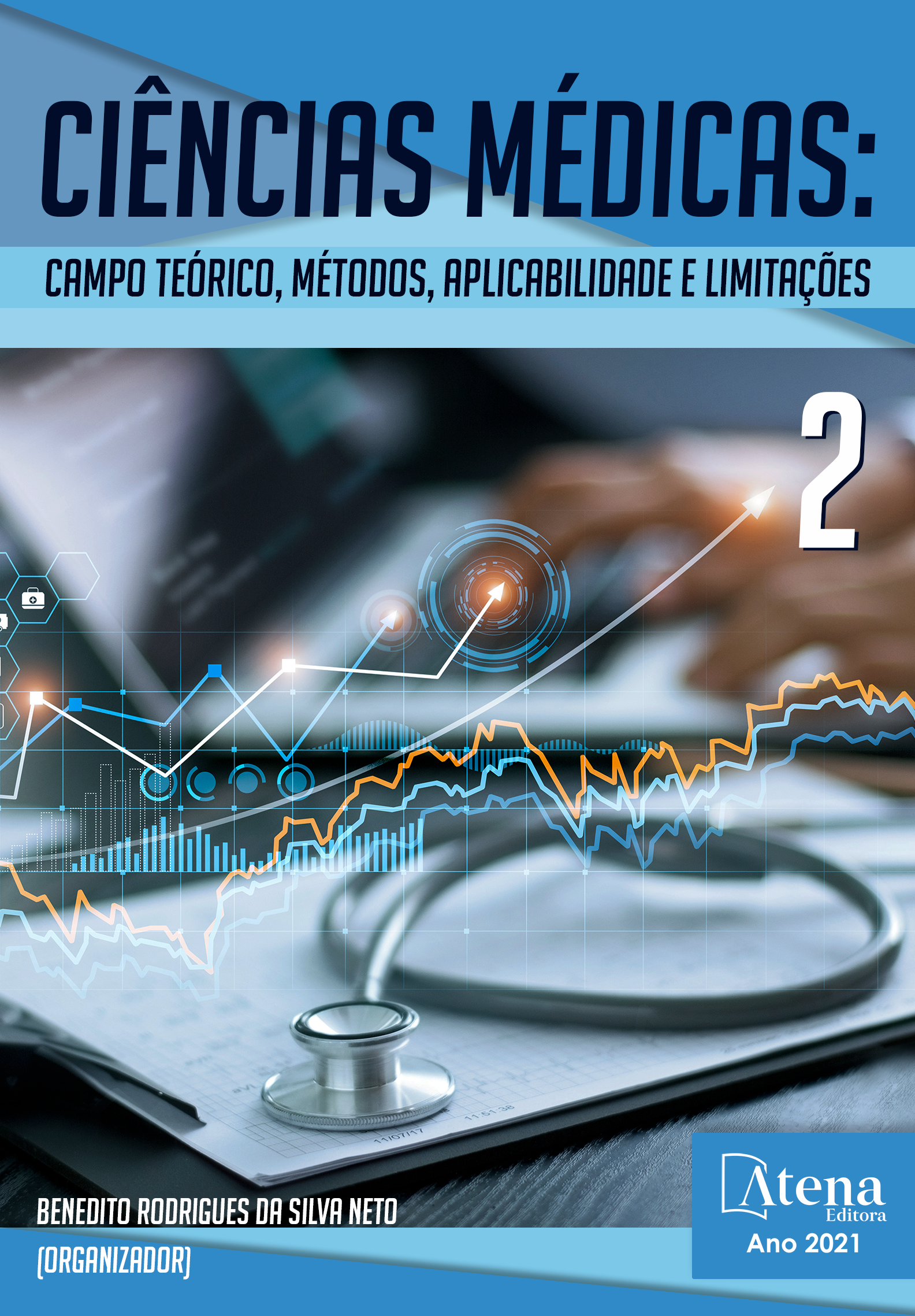
IMPACTO DO TRANSTORNO DO ESTRESSE PÓS-TRAUMÁTICO POR ABUSO SEXUAL NO DESENVOLVIMENTO CEREBRAL INFANTIL
O Transtorno de Estresse Pós-Traumático (TEPT) é uma das principais sequelas do abuso sexual infantil, possuindo maiores impactos de acordo com a frequência e intensidade do abuso. Nesse contexto, o desenvolvimento do TEPT na infância pode levar a disfunções no neurodesenvolvimento e alterações anatômicas significativas. Esse estudo procurou analisar os principais distúrbios do neurodesenvolvimento ocasionados pelo TEPT após uma experiencia de abuso sexual na infância. Foi realizada uma revisão integrativa da literatura, utilizando a base de dados PubMed, com recorte temporal de 10 anos. A literatura mostrou que o volume cerebral total de indivíduos com TEPT na infância costuma ser 8% menor do que em indivíduos saudáveis. Ademais, bloqueios no corpo caloso, nas amídalas, no Córtex Pré Frontal (CPF) e no hipocampo, foram encontrados. Como consequência desse quadro, observou-se deficiências cognitivas, reação exacerbada ao medo e a expressões negativas e dificuldade de identificar ameaças. Outro ponto a ser destacado, foi o menor acoplamento funcional em repouso das amígdalas com a parte ventromedial do CPF, prejudicando, assim, a capacidade de lidar com emoções negativas e favorecendo o desenvolvimento de transtornos de ansiedade e depressão. Outrossim, uma redução generalizada nos níveis de serotonina e aumento na produção de cortisol e na ativação de catecolaminas, foram encontradas. Todas essas alterações são ocasionadas pelo distúrbio do eixo hipotálamo-pituitário-adrenal (HPA), o que leva a uma retroalimentação positiva sobre as estruturas de controle do estresse, piorando os sintomas. Estudos que analisam os efeitos do TEPT no desenvolvimento cerebral infantil ainda são escassos. Diante do exposto e levando em consideração que esta condição manifesta alterações estruturais, psicológicas e comportamentais, é de suma importância compreender as anormalidades morfofuncionais envolvidas, bem como seus efeitos clínicos, para que seja possível prevenir o desenvolvimento do TEPT, diminuir disfunções e realizar o tratamento adequado, caso o transtorno seja identificado.
IMPACTO DO TRANSTORNO DO ESTRESSE PÓS-TRAUMÁTICO POR ABUSO SEXUAL NO DESENVOLVIMENTO CEREBRAL INFANTIL
-
DOI: https://doi.org/10.22533/at.ed.92721080712
-
Palavras-chave: TEPT, abuso sexual infantil, distúrbios do neurodesenvolvimento
-
Keywords: PTSD, child abuse, neurodevelopmental disorders
-
Abstract:
Posttraumatic Stress Disorder (PTSD) is one of the greatest sequelae of child sexual abuse, and its impacts vary according to frequency and intensity of the abuse. In this context, the development of PTSD in childhood can lead to neurodevelopmental disorders and significant anatomical changes. This study sought to analyze the main neurodevelopmental disorders caused by PTSD after an experience of childhood sexual abuse. An integrative literature review was carried out, using the PubMed database, with a 10-year time frame. The literature has shown that total brain volume of individuals who have developed PTSD in childhood is usually 8% smaller than in healthy individuals. There were also shown blockages in the corpus callosum, tonsils, prefrontal cortex (CPF), and hippocampus. As a result, there were cognitive deficiencies, an exacerbated reaction to fear and negative expressions, and difficulty identifying threats. Another issue to be featured was the lower functional coupling of the tonsils with the ventromedial part of the CPF at rest, thus impairing the ability to deal with negative emotions and favoring the development of anxiety and depression disorders. Furthermore, there was a generalized reduction in serotonin levels and an increase in cortisol production and catecholamine activation. All of these changes were caused by a disorder of the hypothalamic-pituitary-adrenal axis (HPA), which leads to positive feedback on the stress control structures, worsening the symptoms. Studies that analyze the effects of PTSD on child brain development are still scarce. Given the above and taking into account that this condition manifests structural, psychological, and behavioral changes, it is of utmost importance to understand the morphofunctional abnormalities involved, as well as their clinical effects, so that it is possible to prevent the development of PTSD, reduce dysfunctions and carry out the appropriate treatment if the disorder appears.
-
Número de páginas: 13
- Carolina Naville de Farias
- Natan Bueno Rainho
- Flávio Silva Tampelini
- Stella Rodrigues Barros do Nascimento
- Nathan Marcondes Freitas Leite


